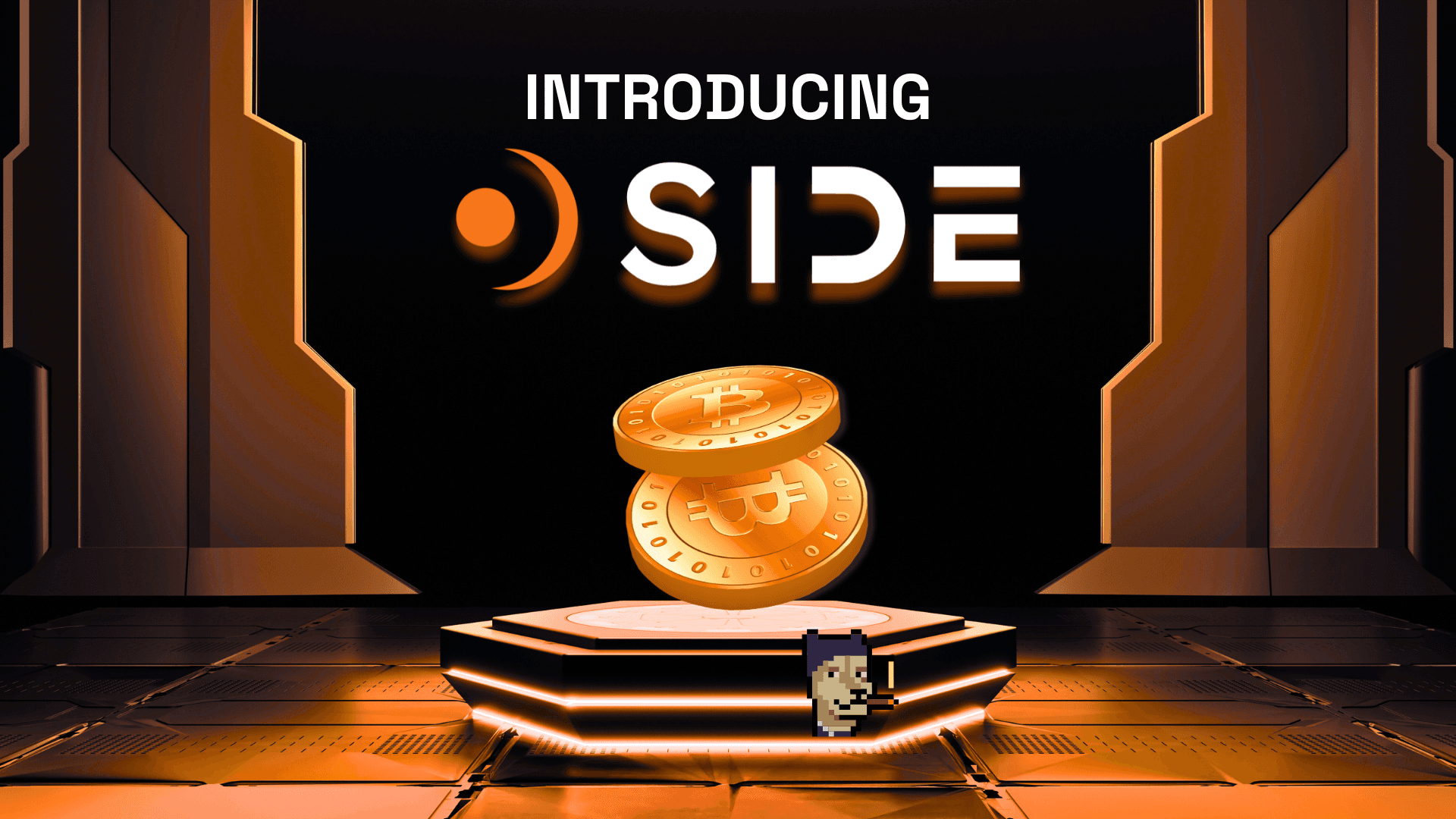As the blockchain industry matures, the issue of privacy remains a central concern, particularly in light of the growing complexity and interconnectedness of decentralized systems. Namada, a blockchain protocol whose mainnet is soon approaching, is positioning itself as a potential solution to the problem of privacy fragmentation—a challenge that has long impeded the effectiveness of privacy mechanisms in the industry. This article explores Namada’s approach to privacy, examining its innovative features, phased mainnet launch, and token allocation at genesis.
The Problem of Privacy Fragmentation in Blockchain
Privacy fragmentation in blockchain refers to the isolation of privacy protections within specific chains, assets, or decentralized applications (dApps). This issue arises when the same privacy guarantees are not universally applied across blockchains, leading to situations where users can maintain privacy in one context but find themselves exposed in another. This fragmentation significantly undermines the overall effectiveness of privacy measures.
For instance, privacy-focused protocols like Zcash and Monero offer robust privacy features, but these are confined to their respective native currencies and chains. In the case of Zcash, privacy is limited to transactions involving its native currency, ZEC, within the Zcash network. When users want to engage with other blockchains, they lose these privacy protections, resulting in smaller, more isolated privacy sets. This reduction in privacy effectiveness is a direct consequence of the fragmentation issue.

The problem becomes even more pronounced in ecosystems like Ethereum, where privacy fragmentation occurs not only across chains but also within dApps. Different dApps may implement their own privacy protocols, creating isolated pockets of privacy that do not interact with one another. This means that while a user might protect their identity within one dApp, they could be exposed when moving to another if that dApp lacks similar privacy features. This lack of interoperability among privacy protocols significantly complicates the user experience and weakens overall privacy.
Namada’s Unified Approach to Privacy
Namada seeks to address privacy fragmentation with its Multi-Asset Shielded Pool (MASP), a feature designed to unify all assets—whether fungible tokens or non-fungible tokens (NFTs)—into a single, shielded set. Unlike traditional privacy protocols that restrict privacy to specific assets, Namada’s MASP aggregates various assets into one pool, significantly increasing the size and diversity of the privacy set.

By creating a larger, more complex privacy set, Namada aims to enhance the strength of privacy protections, making it more difficult for observers to correlate transactions with specific users. This approach is intended to provide a more holistic privacy solution that transcends the limitations of asset-specific privacy mechanisms, thereby addressing one of the fundamental issues in current blockchain privacy practices.
Addressing Cross-Chain Privacy Fragmentation
In today’s multichain environment, assets frequently move across various blockchains, each with its own privacy protocols and limitations. Namada’s MASP is designed to address cross-chain privacy fragmentation by enabling assets from different blockchains to be transferred into its unified shielded set. From within Namada, these assets can be transacted with, enhanced the privacy of cross chain interactions. This process is intended to disrupt the linkability of transactions, making it significantly more difficult for observers to trace the flow of assets between chains.
Shielded Actions
One of Namada’s key innovations is the introduction of shielded actions, which allow users to maintain privacy while interacting with dApps on other chains. In many blockchain environments, transferring assets between chains or interacting with different dApps often exposes users’ identities and transaction details. Namada’s shielded actions are designed to prevent this exposure by preserving privacy throughout the transaction process.
For example, a user looking to trade ATOM for OSMO on the Osmosis platform could transfer their ATOM from Namada’s shielded set to a transparent account on Osmosis, conduct the trade, and then move the resulting OSMO back into Namada’s shielded set, all with a few clicks. Throughout this process, the user’s identity remains protected, with no direct correlation between the original and resulting assets that can be easily traced.

This capability is particularly relevant in a fragmented ecosystem, where maintaining consistent privacy across different platforms and applications is increasingly necessary. .
Namada’s Phased Mainnet Launch
Namada’s approach to launching its mainnet is structured for stability and security as the network scales. The launch will proceed through several phases, each designed to gradually introduce different features of the protocol:

Phase 1: Block Party
The first phase of Namada’s mainnet launch, dubbed "Block Party," will see the network activated without staking, Public Goods Funding (PGF), or shielded set rewards inflation. During this phase, only proof-of-stake and governance features will be enabled. Inter-Blockchain Communication (IBC) rate limits for all assets will be set to zero, meaning that while clients, connections, and channels can be created, no assets can be transferred. NAM transfers will also be disabled. Importantly, this phase allows for the possibility of a network reset if any critical issues arise.
Phase 2: Staking Party
In the second phase, known as the "Staking Party," staking inflation and PGF inflation will be turned on via a governance proposal. This phase marks the beginning of network rewards and the gradual activation of economic incentives within the Namada ecosystem. Validators and delegators will start earning rewards, and the network will begin to distribute incentives designed to secure the protocol and fund public goods.
Phase 3: Shielding Party
The third phase, the "Shielding Party," will involve the gradual raising of IBC rate limits for selected assets through a series of governance proposals. Assets such as ATOM, OSMO, and USDC will become transferable both transparently and within the Multi-Asset Shielded Pool (MASP). However, NAM transfers will remain disabled during this phase to ensure that the system can handle the increased activity without compromising stability. This phase is critical for testing the network’s capacity to manage cross-chain transactions and shielded transfers.
Phase 4: Shielding Rewards Party
In the fourth phase, referred to as "Shielding Rewards Party," shielded set rewards will be gradually activated for selected assets through additional governance proposals. At this point, all features of the protocol will be operational, except for NAM transfers. The network will continue to increase limits cautiously, to ensure that stability is maintained as more assets and features are brought online.
Phase 5: NAM NAM NAM
The final phase, named "NAM NAM NAM," will see the activation of NAM transfers, marking the completion of the initial launch sequence. At this stage, the network will have fully operational features, and users will be able to utilize the complete suite of functionalities that Namada has to offer. This phase represents the culmination of the network’s gradual rollout, bringing all aspects of the protocol online.
Token Allocation
The proposed allocations for Namada’s genesis block include several key categories, each representing different groups within the Namada ecosystem:

Backers of the Anoma Foundation
Institutional backers and individual angel investors who participated in Anoma’s fundraises in 2020, 2021, and 2023 are allocated 32% of the total NAM supply. This allocation recognizes the financial support provided by these backers, which was essential in bringing Namada to its current stage of development.
Early Core Contributors
This group consists of over 200 individuals who contributed to the early development of the Namada ecosystem. It includes members of Heliax, Knowable, Informal Systems, Luminara, and the broader community. Early Core Contributors are allocated 18.8% of the total NAM supply.
Protocol Maintenance, R&D, Ecosystem & Community Development
A total of 17% of the NAM supply is allocated to protocol maintenance, research and development, and ecosystem and community development. This allocation is intended to ensure the continued growth and improvement of the Namada protocol, supporting initiatives that drive long-term success.
Public Allocations (Completed RPGF Programs)
Tokens that have been distributed to the Namada community through previous Retroactive Public Goods Funding (RPGF) programs are allocated 16.1% of the total NAM supply. This category rewards contributions to the Namada ecosystem that have already been recognized and funded through these programs.
Public Allocations (Future RPGF Programs)
A further 16% of the NAM supply is dedicated to future retroactive funding programs aimed at research and development, ecosystem, community, and application development.
Total Supply and Community Concerns
The total allocation across all these categories sums up to 100% of the NAM supply at genesis, with a proposed total supply of 1,000,000,000 NAM and no lockups. However, this approach has raised concerns within the Namada community, particularly regarding the 100% supply unlock at the Token Generation Event (TGE) with no lockups.
Critics, including notable voices like ZachXBT, have expressed worries that this could incentivize early participants to sell their tokens immediately, potentially undermining the long-term stability and success of the Namada protocol.
As Namada moves toward its mainnet launch, the practical implications of its approach will be closely watched. The success of Namada’s protocol will depend not only on its ability to deliver on its promises but also on how it navigates the complexities of token economics, community governance, and cross-chain interoperability.
——————————————————
About Stakecito Labs
At Stakecito Labs, we've honed our craft as validators. Our reputation as the third-largest validator by delegation count within the Cosmos ecosystem speaks to our unwavering dedication and the trust placed in us by over 270,000 delegators worldwide.
Our validation services are not just about maintaining Cosmos blockchain networks though; we validate networks outside of Cosmos as well (NEAR, Aleph Zero, etc.).
Our core mission is centered on demystifying blockchain technology to ensure it's accessible for everyone, from newcomers to seasoned investors. To begin staking, visit our homepage.
Stake with Stakecito | Follow us on Twitter | Subscribe to Our YouTube | Governance
——————————————————






